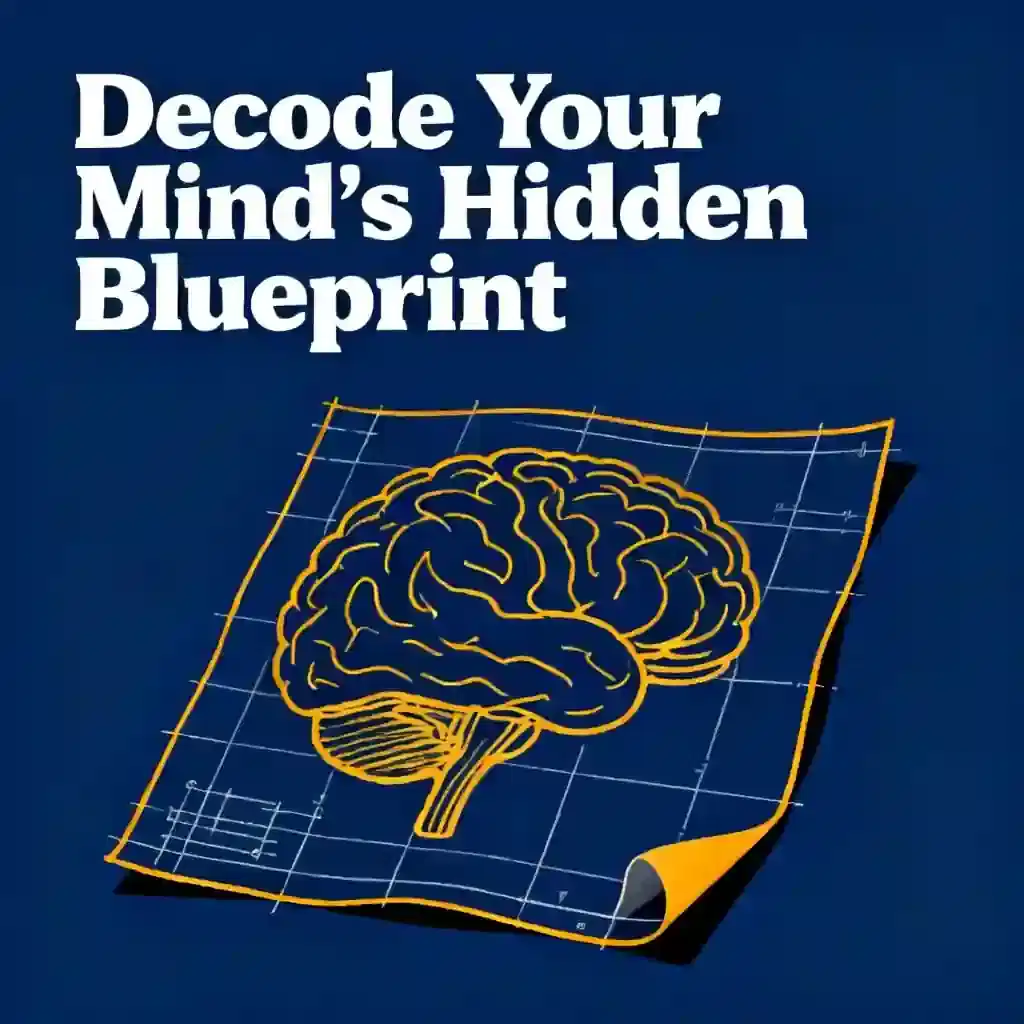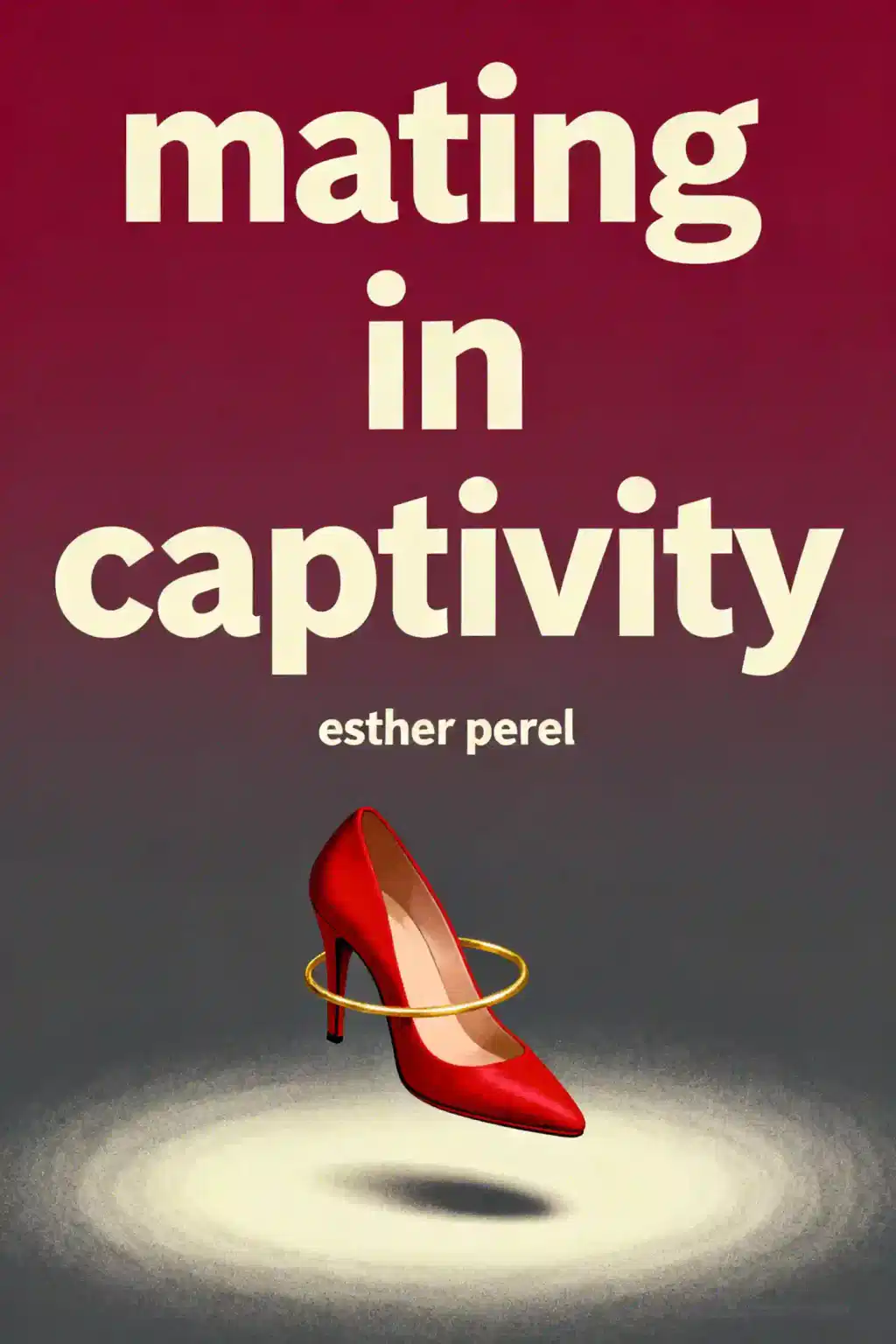What is Handbook to Higher Consciousness about?
Handbook to Higher Consciousness by Ken Keyes Jr. is a personal growth guide that teaches readers how to transform suffering into happiness by converting "addictions" into "preferences." The book presents 12 pathways, 7 centers of consciousness, and 5 methods to overcome emotionally backed demands that cause suffering. By learning to detach emotional reactions from experiences, readers can achieve higher consciousness and live more peacefully in the present moment.
Ken Keyes Jr. (1921-1995) was an American personal growth author and creator of the Living Love method, a self-help system combining Eastern philosophy with Western psychology. After contracting polio in 1946 and becoming quadriplegic, he wrote 15 books on personal growth that sold approximately 4 million copies in seven languages. Keyes founded multiple spiritual organizations including the Living Love Center in Berkeley and lived unconventionally on a yacht and bus, dedicating his fortune and book royalties to non-profit organizations.
Who should read Handbook to Higher Consciousness?
Handbook to Higher Consciousness is ideal for anyone seeking practical tools to overcome chronic unhappiness, anxiety, or emotional reactivity. The book particularly resonates with readers who feel trapped by their expectations of how life "should" be and want actionable methods to find peace regardless of circumstances. It's valuable for those interested in Eastern philosophy presented through a Western framework, though readers facing severe hardship may find its approach limited.
Is Handbook to Higher Consciousness worth reading?
Yes, Handbook to Higher Consciousness is worth reading for its exceptionally practical approach to personal transformation. The book sold over a million copies in the 1970s and continues to receive praise for its actionable techniques rather than abstract philosophy. Many readers report life-changing results from applying its methods, with some rereading it multiple times. However, the language may feel dated since it was written in 1975, and some find it repetitive.
What are addictions vs preferences in Handbook to Higher Consciousness?
In Ken Keyes Jr.'s framework, "addictions" are emotionally backed demands about how the world must be for you to feel happy—related to safety, pleasure, or power. These rigid expectations create suffering when reality doesn't match your models. "Preferences" are desires without emotional attachment, allowing you to want something while remaining content if you don't get it. Converting addictions to preferences frees you from suffering and enables experiencing life as it unfolds in the present moment.
What are the 12 pathways in Handbook to Higher Consciousness?
The 12 pathways in Handbook to Higher Consciousness are Ken Keyes Jr.'s systematic methods for transforming consciousness and reducing suffering caused by emotional demands. These pathways provide step-by-step practices for reprogramming thought patterns and moving from lower to higher centers of consciousness. Readers consistently mention these pathways as practical tools they return to repeatedly, using the summary in the book's appendixes as an ongoing reference for maintaining awareness and personal growth.
What are the 7 centers of consciousness in Ken Keyes Jr.'s book?
The 7 centers of consciousness represent different levels of awareness and functioning that Ken Keyes Jr. identifies in Handbook to Higher Consciousness. These centers distinguish between operating from animalistic, automatic, emotion-backed responses versus higher consciousness characterized by acceptance, love, and present-moment awareness. By understanding which center you're operating from, you can consciously shift toward higher levels where suffering diminishes and life becomes more effortless and flowing.
What is the Living Love method by Ken Keyes Jr.?
The Living Love method is Ken Keyes Jr.'s self-help system for personal transformation that he developed and taught through various organizations including the Living Love Center in Berkeley. This approach combines elements of Eastern philosophy like Buddhism and Taoism with Western psychological techniques to help people overcome addictive emotional patterns. The method emphasizes reprogramming consciousness, living in the present moment, and transforming demands into preferences to achieve unconditional happiness and love.
What are the main criticisms of Handbook to Higher Consciousness?
Critics argue that Handbook to Higher Consciousness promotes "infantile narcissism" and lacks moral compass, serving primarily privileged individuals whose biggest problems are trivial. Some readers find the book's philosophy only useful for comfortable, middle-class Americans rather than those facing genuine hardship like poverty or lack of healthcare. Additionally, many note the book is excessively repetitive and could convey its ideas in one-third the length. The 1975 language also feels dated to modern readers.
How does Handbook to Higher Consciousness relate to Buddhism and Taoism?
Handbook to Higher Consciousness brings concepts from Taoism and Buddhism into a Western framework, making Eastern spiritual principles accessible to American audiences. Ken Keyes Jr. adapted Buddhist ideas about suffering arising from attachment and Taoist concepts of effortless living, translating them into practical psychological techniques. However, one reviewer notes the book is "to Buddhism as strawberry pop tarts are to strawberries"—a simplified, Westernized interpretation rather than authentic Eastern philosophy.
Why is Handbook to Higher Consciousness still relevant in 2025?
Handbook to Higher Consciousness remains relevant because its core message about managing emotional reactions and finding peace amid uncertainty applies to contemporary challenges like rapid technological change, workplace disruption, and mental health crises. Readers consistently note surprise at how applicable the 50-year-old book feels to modern life. The techniques for reprogramming thought patterns align with current neuroscience research and mindfulness movements, offering timeless wisdom for navigating stress, anxiety, and the constant demands of contemporary society.
What makes Handbook to Higher Consciousness different from other self-help books?
Unlike many self-help books that provide abstract philosophy, Handbook to Higher Consciousness offers concrete, actionable methods that readers can immediately apply to transform their mental patterns. Ken Keyes Jr. created specific tools and frameworks—the 12 pathways, 7 centers, and 5 methods—that function as practical reprogramming techniques. Many readers report this book "sticks" and produces lasting changes unlike other self-help literature they've read, with several wearing out their copies from repeated use over decades.


















